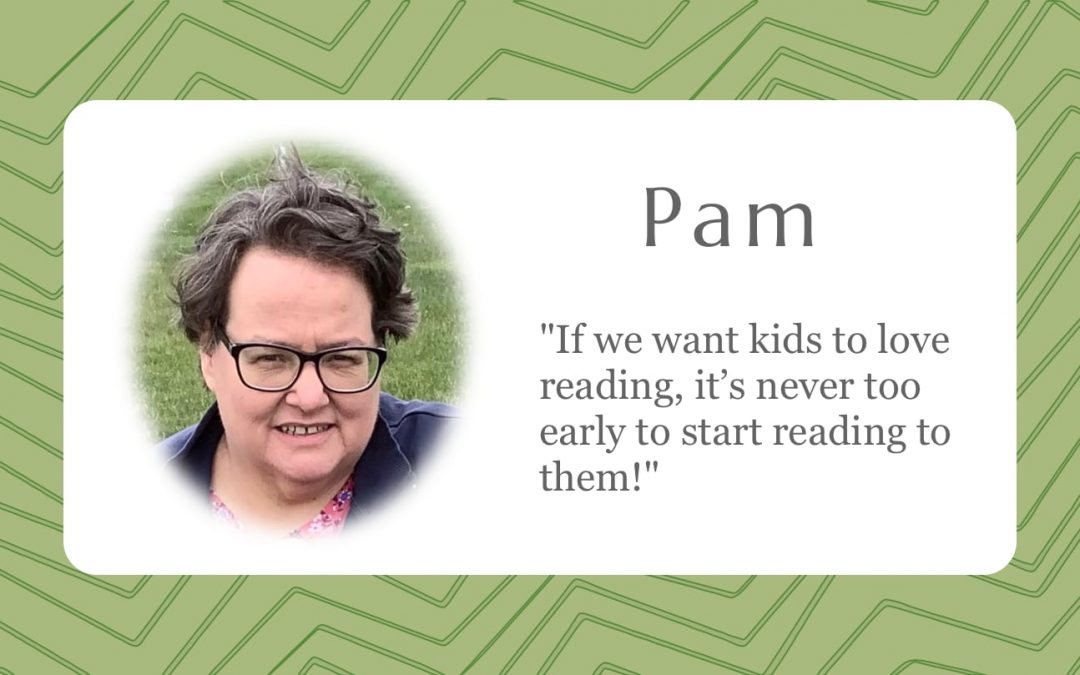
Parent Perspective: Pam
I grew up seeing my parents read. My father loved mysteries and my mom was a voracious reader. However, I do not have any memories of my parents reading to me, and only a few memories of my older sister reading beginner books to me after she started school but before I had.
I do have a vivid memory of being a third grader and sitting curled up on one end of our couch reading a chapter book while my mom was curled up on the other end reading a novel. I remember feeling very grown up and feeling a close connection to my mother. Still, I wanted to do things differently when I was a mom.
Sadly, I wasn’t very successful at reading my favorite kid lit books aloud to my girls. There were a variety of obstacles with my first three and it was only with my youngest that we succeeded in reading many books together. But there was one area where I was successful, and that was reading board books to my babies and toddlers. We had a large collection of them and we read and reread them for years. To this day some of my girls can recite Barnyard Dance or Each Peach Pear Plum at the drop of a hat!
In the past few years I have had the opportunity to provide childcare for several babies and toddlers and have also become a grandmother. I never tire of watching these little ones learn to turn the pages and get engrossed in the pictures and try to repeat the words as we read. If we want kids to love reading, it’s never too early to start reading to them!
Thanks, Pam
Pam is incredibly intelligent and widely read. I’ve even heard she has a photographic memory! Many of the board books Pam mentioned are now on our bookshelves with her family name inside. We treasure them just as she did. Pam met my sister Skye many years ago when they were both stationed in southern California. Then Pam and I wound up in the same congregation in Washington. The Earth is vast, and so are the connections we make with others. We are grateful Pam is part of our world.
tawnyember


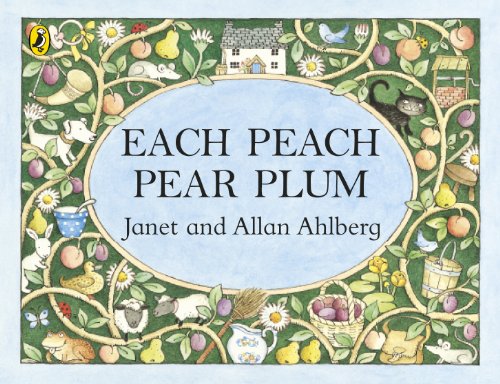
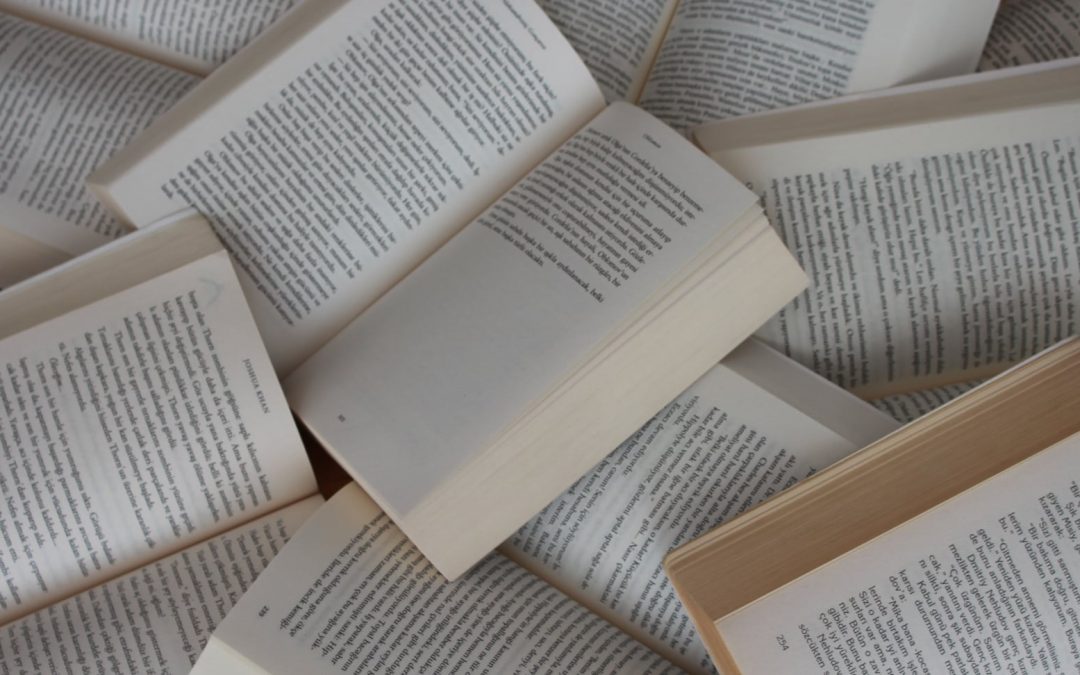
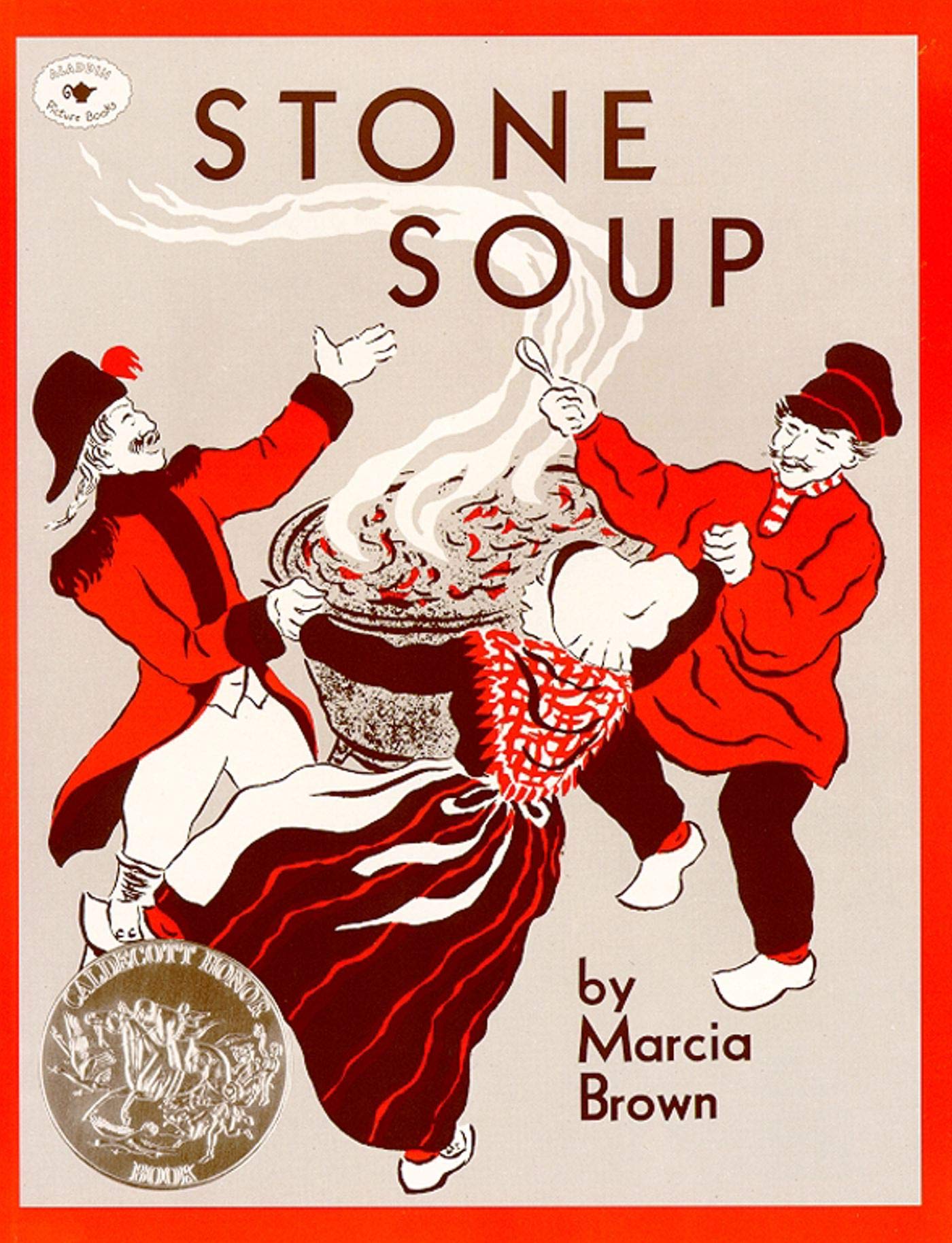

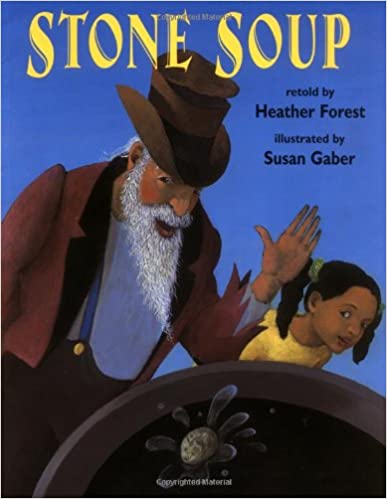

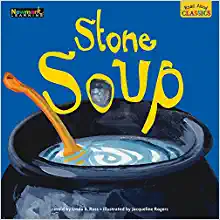







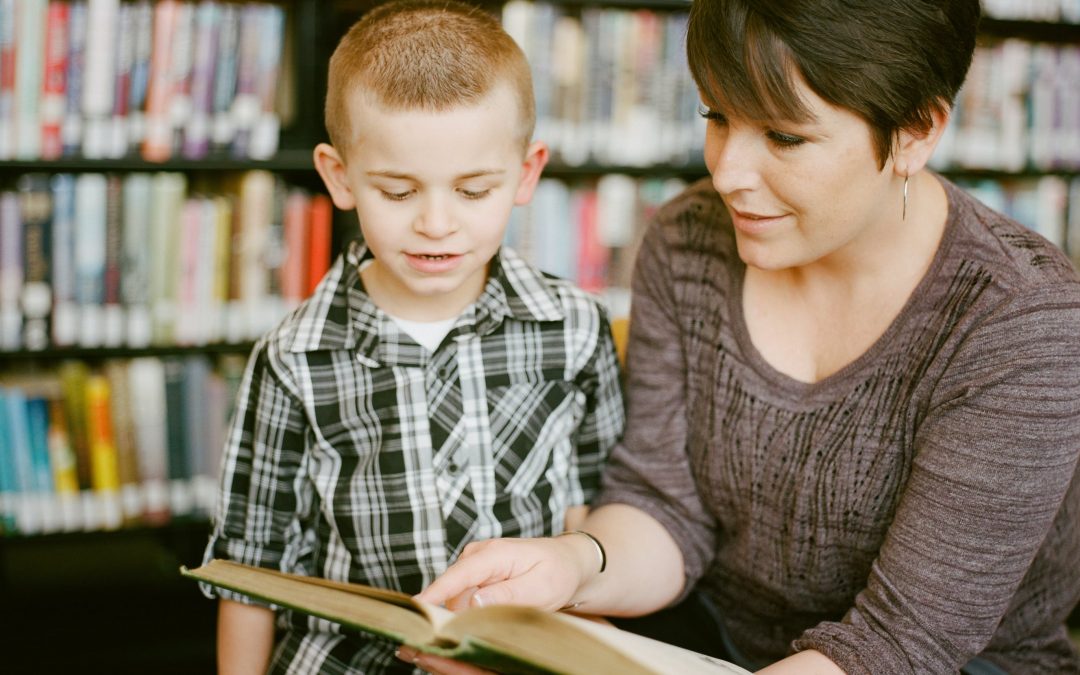




Recent Comments